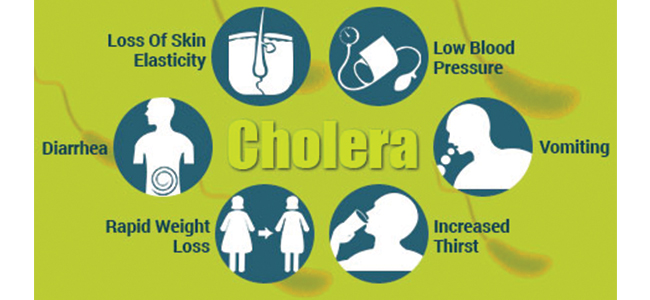Bronchiectasis
Home » Bronchiectasis

Bronchiectasis is a condition in which the airways within the lungs (bronchial tubes) become damaged and widened. Due to widening and damage to these airways, mucus is not cleared from the lungs as effectively as normal, and therefore mucus tends to build up in the lungs. This collection of mucus within the airways increases the chance of developing infection in the bronchial tubes.

In most cases, it occurs as a consequence of a past pneumonia or TB which scars the lung. It can also result from severe lung infection in childhood (eg. measles or whooping cough) which causes damage to the airways. Occasionally bronchiectasis can result from problems with the immune system, or with inherited conditions.

The most common symptom of bronchiectasis is coughing up phlegm, often in large amounts, every day. Some people experience shortness of breath or wheeze and may also have problems with their sinuses. The build-up of mucus in your airways makes your lungs more vulnerable to infection, which can make these symptoms worse. Less common symptoms include coughing up blood and chest pain.

It is diagnosed with a good quality CT scan of the chest which establishes which lobes have been affected. Sputum should be cultured to detect the bacteria living in the scarred areas and to rule out TB.

The key to managing bronchiectasis is minimising the amount of ‘sputum’ (phlegm or mucus) within the airways to prevent lung infection and ‘flares’. The simplest and most effective ways to do this are with chest physiotherapy techniques. If you get an infection, it should be treated with antibiotics. Very occasionally, in cases where bronchiectasis occurs in a single section of the lung, the damaged areas can be removed with surgery.

